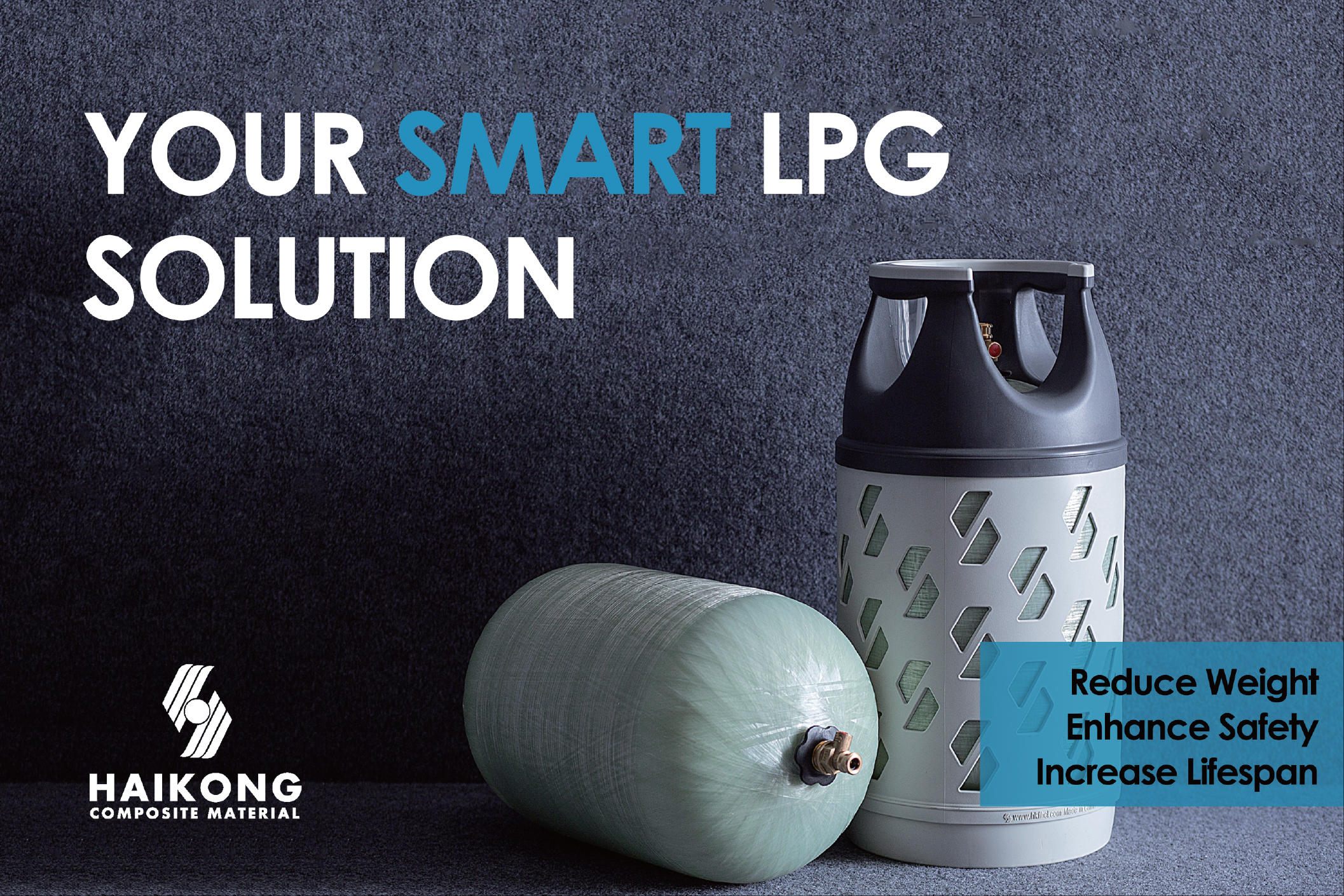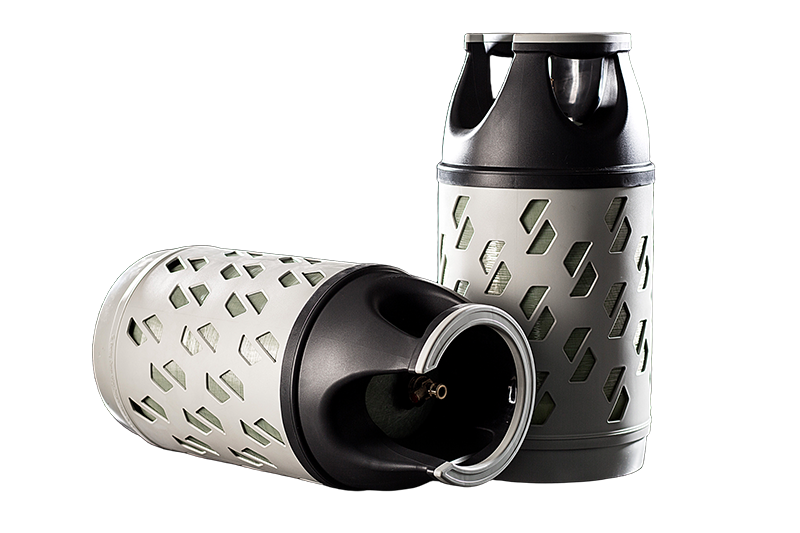As the world transitions toward cleaner energy, liquefied petroleum gas (LPG) is gaining momentum as a low-carbon, efficient fuel. According to the International Energy Agency (IEA), global LPG consumption grew by 4% in 2024, with Asia and Africa leading demand growth across industrial, residential, and transportation sectors.
Governments worldwide are integrating LPG into decarbonization strategies due to its high combustion efficiency and low sulfur emissions. The EU’s "Green Energy Initiative" promotes LPG as a coal alternative in off-grid regions, while India’s subsidy programs accelerate rural LPG adoption to curb indoor air pollution.
Major players like Saudi Aramco and BP are investing in bio-based LPG (renewable propane) to reduce carbon footprints. Meanwhile, smart logistics—such as IoT-enabled tank monitoring —are enhancing safety and minimizing leakage risks.
Analysts project the global LPG market to grow at a 3.8% CAGR (2024–2030), driven by automotive fuel (LPG-powered vehicles) and petrochemical feedstock demand. Challenges include competition from renewables and price volatility linked to geopolitics.
The World LPG Association (WLPGA) notes: ''LPG is a critical transition fuel, especially in emerging economies. Sustained innovation and cross-border collaboration are vital to secure its role in the energy mix.''
LPG, primarily propane and butane, is used for cooking, heating, industrial processes, and transport. Its portability and eco-friendly profile make it a versatile energy solution.

Shandong Chanyan Haikong Composite Material Co.,Ltd
Add: No. 2877 Shengfu Road, Shengjing Street, Zhangqiu District, Jinan, Shandong, China
Tel: +86 133 2512 6331(whatsapp)
Email: sales@hkfhcl.com
Website: www.hkfhcl.com

